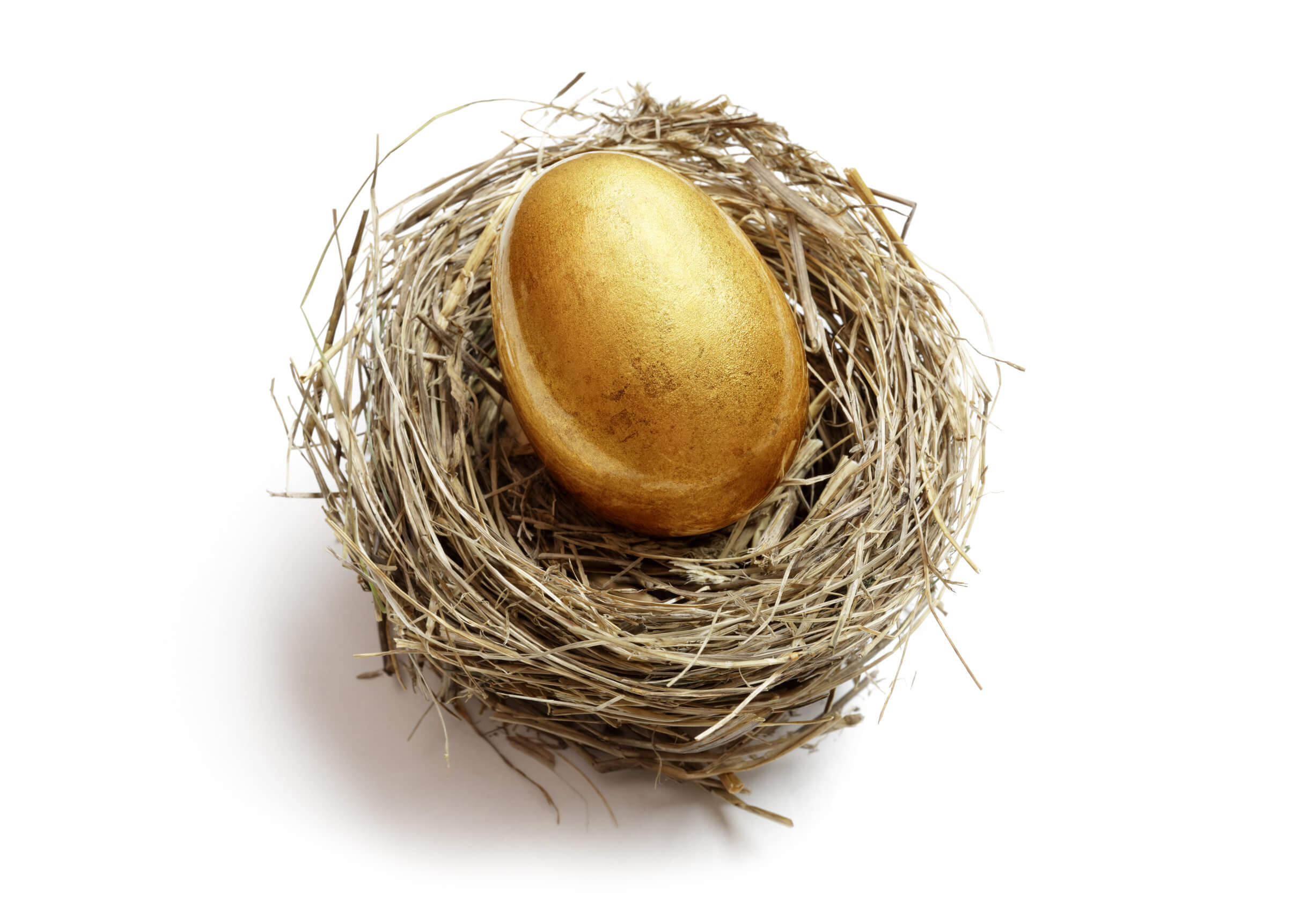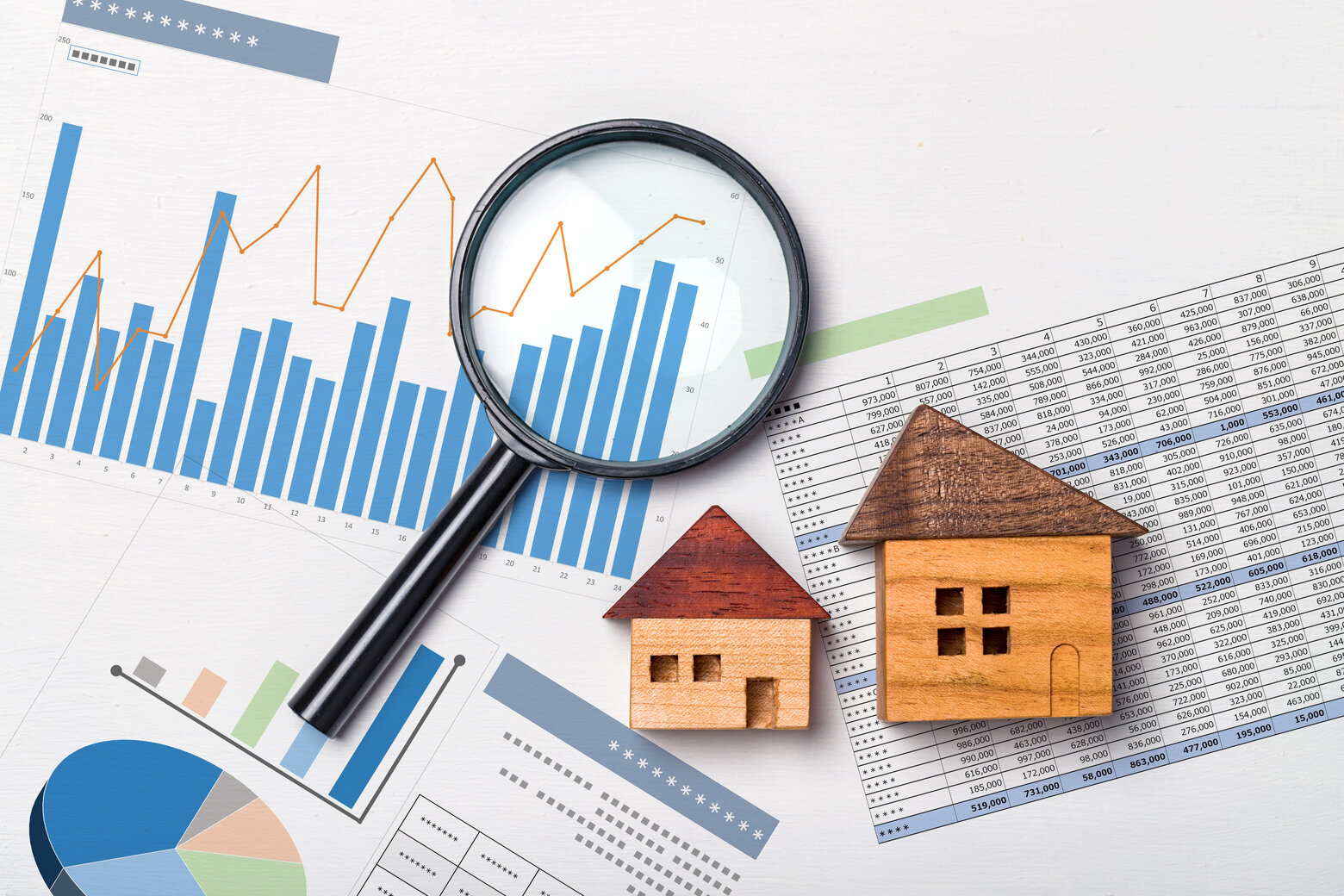Tax-Free Legacy: How a SSAS Pension Serves as an Inheritance Tax-Efficient Fund

Key Takeaways:
-
A Small Self-Administered Scheme (SSAS) pension is a tax-efficient way to build and pass on wealth.
-
From April 2027, new inheritance tax rules will change how unused pension funds are treated upon death.
-
SSAS pensions still offer significant investment flexibility and estate planning advantages, but it is now essential to plan around the upcoming changes.
-
The age at which you die and whether you’ve accessed your pension continue to impact how benefits are taxed.
-
Professional guidance is crucial to ensure your SSAS is structured effectively to reduce tax liability and preserve family wealth.
-
Getting started with SSAS is simpler than you might think, and expert guidance is available from our friendly team on +44 (0)1342 871210 or email:
This email address is being protected from spambots. You need JavaScript enabled to view it.
What is a SSAS Pension?
A Small Self-Administered Scheme (SSAS) is a type of UK occupational pension scheme typically set up by company directors or business owners. It allows greater control over pension investments than traditional pensions and can be used by up to 11 members, often including family members.
SSAS pensions are known for their flexibility. They enable members to invest in a wide range of assets—including commercial property, loans to the sponsoring business, and equities. This makes SSAS a valuable tool not only for building retirement income but also for strategic estate and succession planning.
Unlike most other pension schemes, SSAS trustees (usually the members themselves) have direct control over how funds are invested and distributed, which provides a powerful opportunity to align pension planning with business growth and long-term legacy goals.
The SSAS Pension: A Legacy Planning Tool in Transition
A SSAS pension has long been a favourite tool among business owners seeking to take control of their retirement savings and build a lasting legacy. Designed for small companies and directors, SSAS pensions allow considerable flexibility in terms of investment and how funds are distributed to beneficiaries. However, from April 2027, the rules governing how pension death benefits are treated for inheritance tax (IHT) are set to change.
Historically, a major advantage of SSAS pensions has been their exemption from IHT. Beneficiaries could receive unused pension funds entirely free of inheritance tax, particularly if the member died before the age of 75. While this principle remains valid for now, the Chancellor has confirmed that, from 6 April 2027, many of these benefits will be curtailed.
Understanding the 2027 Inheritance Tax Changes
Under the current rules, most defined contribution pensions, including SSAS, fall outside the taxable estate. This means they are not subject to the standard 40% IHT charge on assets exceeding the nil-rate band (currently £325,000, or up to £1 million per couple when including the residence nil-rate band).
However, from April 2027, unused pension funds will be included in the deceased’s estate for IHT purposes. This means that unless the total value of the estate—including the SSAS—is below the IHT threshold, beneficiaries could face a 40% tax charge on what was previously a tax-free transfer.
For example, if you pass away with £500,000 remaining in your SSAS and this is left unused at the time of death, that sum may now be assessed for IHT, reducing the benefit available to your family. It is important to note that this change only applies to unused pension pots. Funds drawn during your lifetime, or already in payment, will not be affected in the same way.
The Impact on Beneficiaries
The age at which the SSAS holder dies still matters. If death occurs before age 75, the pension can still be passed to beneficiaries free of income tax. However, from 2027, even in this scenario, the remaining funds may now be subject to IHT.
If the pension holder dies after age 75, any funds drawn by beneficiaries are taxed at the beneficiary’s marginal rate of income tax, as before. But with the 2027 change, they may now also face an upfront 40% reduction due to IHT—effectively creating a double taxation scenario.
This change underscores the importance of planning ahead and reviewing how your pension and wider estate will be impacted.

Preserving Wealth Across Generations
One of the most compelling reasons to use a SSAS pension has always been its ability to preserve wealth across generations. Pensions grow free of income tax and capital gains tax, and until now, they could be passed on inheritance tax-free. While the upcoming changes reduce some of these benefits, a SSAS still provides far more control than traditional pension arrangements.
With a SSAS, trustees can manage how the fund is distributed, potentially across multiple generations. You can appoint family members as co-trustees or scheme members, helping embed wealth and financial understanding across the family.
Succession Planning with SSAS After 2027
The 2027 IHT change means succession planning is no longer optional—it is essential. If your SSAS pension is likely to have unused funds when you pass away, it may be beneficial to start drawing down earlier, use the SSAS to invest in income-generating assets now, or consider gifting strategies using other elements of your estate.
With careful planning, a SSAS can still provide the means to reduce tax exposure. You may, for example, structure distributions to make use of each beneficiary’s available tax-free allowances, or coordinate withdrawals with other forms of retirement income to avoid higher tax brackets.
A Real-World Example
John, a 67-year-old business owner, built up a £1 million SSAS pension. Under current rules, if he were to die before 75 and hadn’t accessed his pension, his children could inherit the entire amount free from both income tax and IHT.
From April 2027, this changes. That £1 million would now form part of John’s estate, and anything above the combined nil-rate band could be taxed at 40%. By planning ahead—perhaps drawing down some funds, investing in assets within the SSAS that produce income, or aligning his SSAS strategy with gifting allowances—John could reduce this potential tax burden.

Setting Up and Managing a SSAS Pension
Setting up a SSAS pension requires more careful planning and consideration. It's not a one-size-fits-all solution, and it's essential to tailor a strategic plan to fit your specific financial situation and goals. The process involves appointing trustees, usually including yourself, and possibly other family members or colleagues, as well as deciding on the investment strategy.
Navigating the SSAS Pension Setup Process
The process of setting up a SSAS pension involves several steps:
- Choose a scheme administrator – typically a professional company with experience in SSAS pensions.
- Register the scheme with HM Revenue and Customs (HMRC) and obtain scheme tax reference numbers.
- Appoint trustees – they will have legal control over the scheme's assets and are responsible for making decisions in the best interest of all members.
- Transfer funds from existing pension schemes, if necessary or pay in new funds from company profit or personal earnings. Both are also possible.
- Invest the pension funds in line with the scheme's investment strategy.
Mistakes to Avoid in Light of the New Rules
Now more than ever, it’s critical to avoid common pitfalls. Assuming SSAS pensions are entirely outside the reach of IHT could lead to disappointment for your beneficiaries. Similarly, failing to coordinate your SSAS with your wider estate could mean missed opportunities to mitigate tax.
Other errors include failing to update beneficiary nominations, ignoring the timing of withdrawals, or investing without considering the liquidity needed for your heirs to pay IHT charges.
The Continued Value of SSAS Pensions
Despite the IHT rule changes, SSAS pensions remain one of the most versatile tools available for business owners. They allow investment in commercial property, loans to the business, equities, gold, and more—all under your control.
More importantly, SSAS provides a structure for building multi-generational wealth, particularly when integrated with your wider retirement and estate strategy. Even with changes coming in 2027, the SSAS remains an asset worth considering—so long as it is used proactively.
Tailoring SSAS to Your Retirement Goals
All individual's retirement goals are unique, and a SSAS pension offers the flexibility to tailor your retirement savings in a way that aligns with your personal objectives. Whether you're looking to invest in commercial property, lend money to your business, or diversify your investment portfolio, a SSAS pension gives you the freedom to do so.
Investment Flexibility Within SSAS
A SSAS pension is not just a tax-efficient vehicle for inheritance planning; it also offers a broad range of investment opportunities. You can invest in:
- Stocks and shares
- Commercial property
- Loans to your own business for any genuine purpose that furthers the business
- Loans to unconnected people and businesses
- Gold bullion
- And much more
This level of control over your investment choices means you can tailor your SSAS pension to match your risk tolerance and investment horizon.

Integrating SSAS with Your Wider Wealth and Other Retirement Strategies
Besides the SSAS, you might have other arrangements in place, such as residential property or other investments. It's crucial to consider how your SSAS pension fits into your broader retirement and wealth strategy. A SSAS can help you to build income-generating assets to fund your lifestyle today whilst simultaneously growing your SSAS pot tax efficiently for additional income later.
By integrating your SSAS with other retirement and wealth strategies, you create a comprehensive plan that not only secures your financial future but also establishes a lasting legacy for your beneficiaries.
In conclusion, a SSAS pension is a powerful tool for both retirement planning and inheritance tax planning. With its tax advantages, investment flexibility, and ability to facilitate succession planning, a SSAS pension can help ensure that your wealth is preserved and passed on to your loved ones in the most efficient manner possible. However, it's essential to seek professional advice to navigate the complexities of setting up and managing a SSAS pension, to avoid common pitfalls, and to ensure that it is tailored to meet your individual retirement goals.
Frequently Asked Questions
As we wrap up our exploration of SSAS pensions, let's address some common questions that might be on your mind. These answers will help solidify your understanding and guide you towards making informed decisions about your retirement and inheritance planning.
Here are some of the questions I hear most frequently from individuals considering a SSAS pension:
-
Can I still transfer my existing pension into a SSAS?
-
Will the SSAS be subject to inheritance tax after 2027?
-
Does this mean beneficiaries will be taxed twice?
-
Can I avoid this by taking money out earlier?
-
How can I prepare for this change?
Can I still transfer my existing pension into a SSAS?
Yes. Most personal and occupational pensions can be transferred into a SSAS. Always review any conditions with your provider.
Will the SSAS be subject to inheritance tax after 2027?
Yes. From April 2027, unused pension funds in a SSAS will be included in your estate for IHT purposes.
Does this mean beneficiaries will be taxed twice?
Potentially. If death occurs after age 75, beneficiaries could face both IHT on the total value and income tax on withdrawals.
Can I avoid this by taking money out earlier?
Drawing down earlier may help reduce the value within the estate, but it must be balanced against your own income needs and tax efficiency.
How can I prepare for this change?
Start by reviewing your SSAS balance, estimating potential IHT exposure, and seeking advice to create a strategy that aligns your pension with your broader estate and legacy goals.
Getting started with SSAS
Email:
Phone: 01342 871 210
To find out more about WealthBuilders SSAS Membership, click here.
Please let us know if you found this article helpful or interesting when you make contact. It also helps us to learn how you discovered us. Thank you for considering WealthBuilders. We are a friendly team and always happy to help and advise.
Disclaimer: Tax legislation is subject to change and this article reflects guidance available as of the 2025/2026 tax year, including confirmed changes set to take effect from April 2027. Always seek personalised financial advice.
